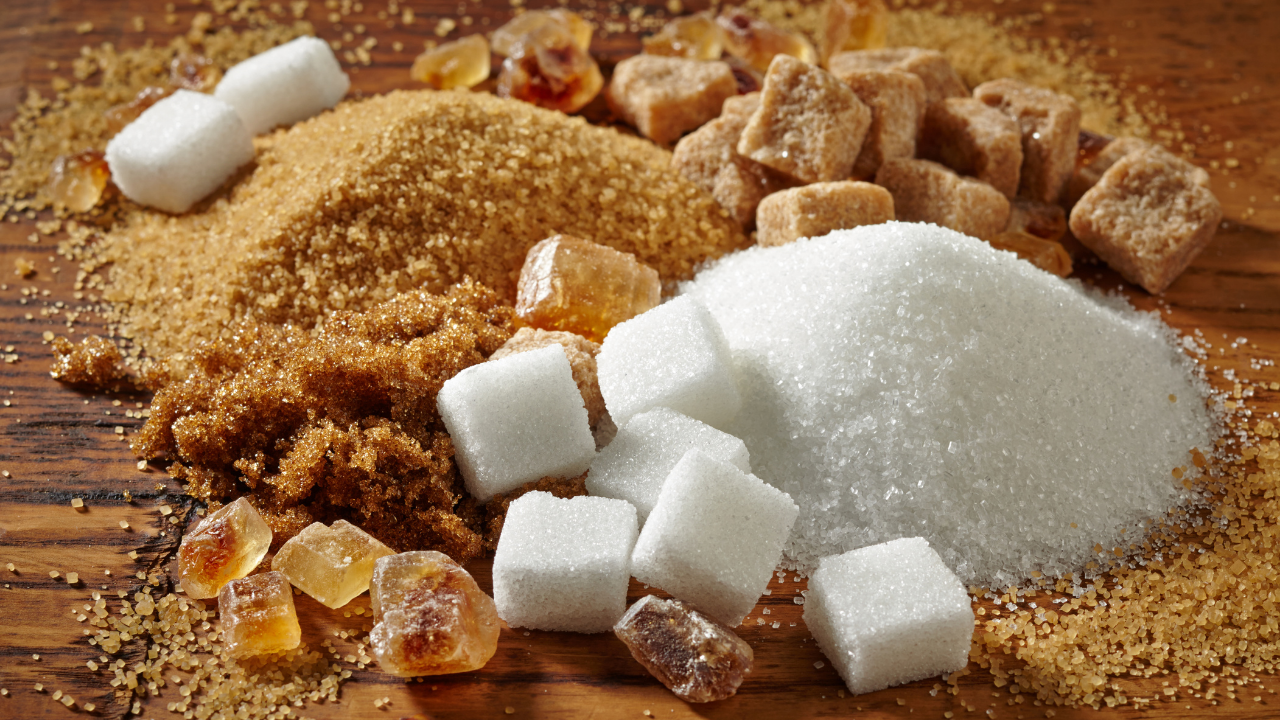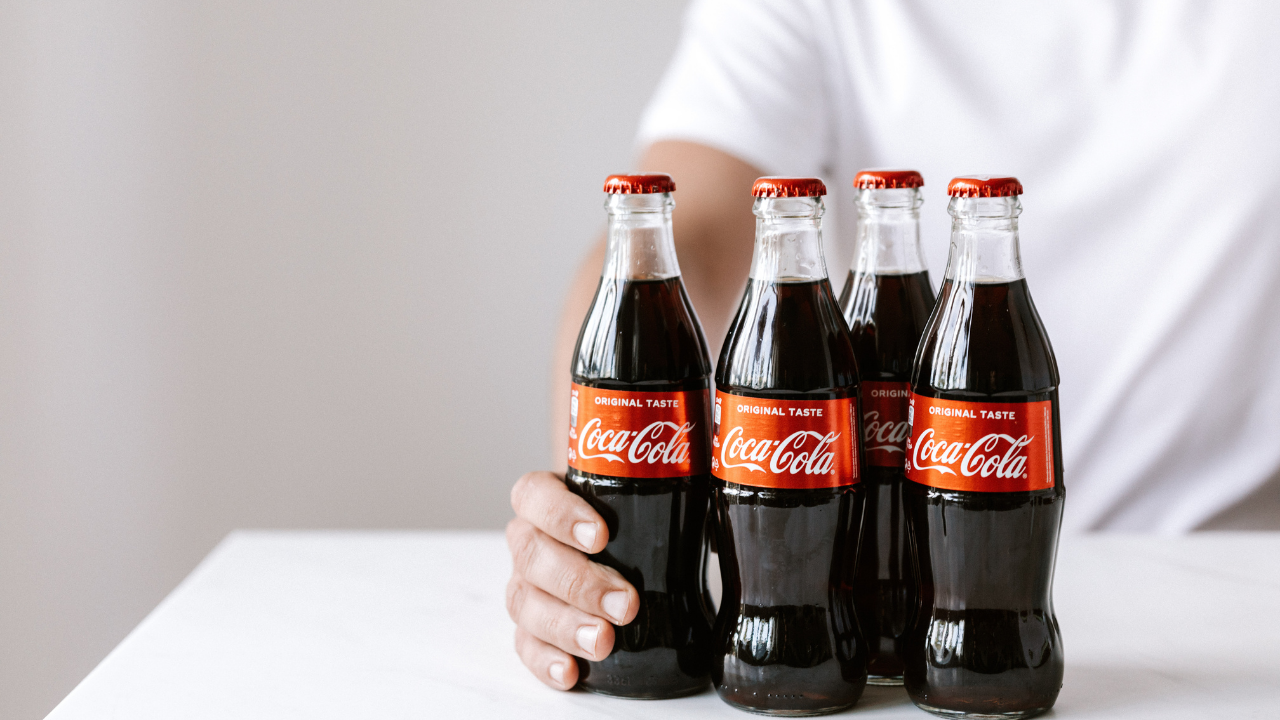Artificial Ingredients: Sweeteners, Additives, Flavorings that can cause Anxiety
Jan 26, 2022
Artificial sweeteners include aspartame (e.g., NutraSweet and Equal), saccharin (e.g., Sweet’N Low), and sucralose (e.g., Splenda). Aspartame, which is often found in diet soda and chewing gum, inhibits the synthesis and release of neurotransmitters, dopamine, norepinephrine, and serotonin. It can also elevate plasma cortisol levels and cause the production of excess free radicals. This may lead to cause learning problems, headaches, seizures, migraines, irritable moods, anxiety, depression, and insomnia. 1 One study reported that a patient’s movement consisted of rhythmic contractions of the arms and legs that were triggered by aspartame.2
Artificial flavoring and color seem to exacerbate behavioral issues, especially in children with ADHD, autism, and hyperactivity.3 Yet artificial colors are found in unexpected places, including children’s vitamins!
You will find toxic preservatives such as BHT and BHA, found in dry cleaning solvent, used to extend the shelf life of processed foods. MSG (monosodium glutamate) is a food additive used to enhance flavor It is strongly associated in people’s minds with Asian take-out foods; however, its use is widespread. It’s found in canned soups, vegetables, and processed meats. You might also see MSG listed in an ingredient list as: glutamate, glutamic acid, hydrolyzed protein or yeast extract, autolyzed yeast, or ingredient E621. Some companies even sneak it into the ingredient list under the term “natural flavors”!

MSG is classified as a food ingredient that’s “generally recognized as safe” (GRAS), but it is incredibly controversial and for a good reason. Although glutamate is a chemical that can naturally be found in some cheeses and vegetables, intake of MSG has been associated with psychological symptoms, including anxiety, but its effect can be much worse. At the extreme, it is linked to severe, chronic psychiatric disorders, including psychosis and depression disorders.4 In a study of healthy young adults, daily MSG intake over five days induced muscle pain and increased reports of headache.5
Artificial sweeteners, additives, and flavorings are neurotoxic, and yet they are found in both foods and food supplements. You will find artificial ingredients in many packaged foods and processed foods. Shockingly to me, even products that are meant to improve our health may contain them, including vitamins and supplements—even those meant for our children. How offensive!
This is an excerpt from my latest book, Anxiety-Free with Food. To read more about this topic, get the book HERE.
Resources:
1. A. K. Choudhary and Y. Y. Lee, “Neurophysiological Symptoms and Aspartame: What Is the Connection?” Nutritional Neuroscience, vol. 21 no. 5 (2018): 306–16, doi: 10.1080/1028415X.2017.1288340.
2. M. Briguglio, et al. “ Dietary Neurotransmitters: A Narrative Review on Current Knowledge,” Nutrients, vol. 10, no. 5 (May 2018), p. 521, doi: 10.3390/nu10050591.
3. B. Weiss, “Synthetic Food Colors and Neurobehavioral Hazards: The View from Environmental Health Research,” Environmental Health Perspectives, vol. 120, no. 1 (January 2012), pp. 1–5, doi: 10.1289/ehp.1103827.
4. C. Graybeal, C. Kiselycznyk, and A. Holmes, “Stress-Induced Deficits in Cognition and Emotionality: A Role for Glutamate,” Current Topics in Behavioral Sciences, vol. 2012, no. 12 (December 2011), pp. 189–207, doi: 10.1007/7854_2011_193.
5. A. Shimada, et al., “Headache and Mechanical Sensitization of Human Pericranial Muscles after Repeated Intake of Monosodium Glutamate (MSG),” Journal of Headache Pain, vol. 14, no. 1 (January 2013), p. 2, doi: 10.1186/1129-2377-14-2.


